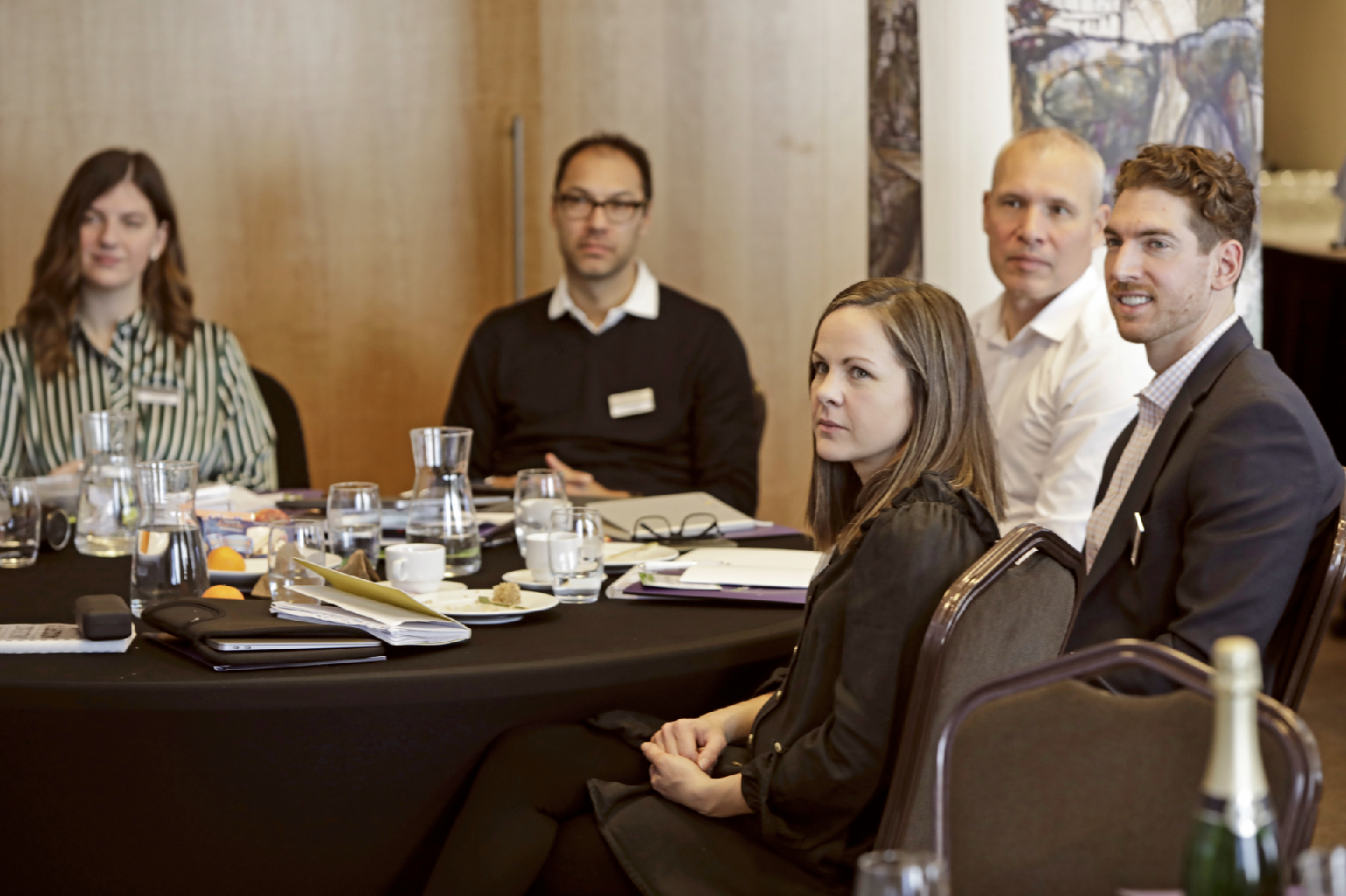
High performance sales habits
3 secrets from persuasion science to boost sales performance
6 min read
Never underestimate the power of a balloon. Or of a Dilbert cartoon, for that matter. Both have proven to be highly effective sales tools.
For example, a recent study showed that when children were given a balloon on entering McDonalds, their parents spent 20 percentage points more on coffee than those that were given a balloon when they left. Why?
Give to get
It’s because of the power of reciprocity. When we are given something for nothing, we subconsciously want to “fit in” by repaying that act of generosity – often to a greater degree than the value of the original gesture.
In this blog post, we discuss this and other elements of behavioural science that can help you become more persuasive – without handing out any balloons.
Psychological triggers to ace your sales
Despite the technological advancements of modern life, we are still driven, on a psychological level, by base instincts that, in bygone eras, kept us out of harms way:
- Accuracy: The need to make accurate and rewarding decisions.
- Connection: The need to affiliate and gain the approval of others.
- Ego: The desire to see yourself in a positive light.
But how can we play to these triggers to improve our sales performance?
Accuracy
Once upon a time, the need to make the right decision was a matter of life or death. Choose the right berries and our children wouldn’t go hungry. The wrong type of berry could put us out of action permanently.
Often, these decisions would have to be made within seconds. So our brains adapted to provide shortcuts when we’re overwhelmed with information. How does this play out today?
Studies show that when presented with two identical wine lists, one listed with the cheapest first and one listed with the most expensive first, we will spend more if presented with the latter. Purely because we read from top to bottom.

Our psychological shortcuts put a disproportionate amount of influence on the first thing we read.
Behavioural scientist Steve Martin, who has written several best-selling books on persuasion, and recently joined us on a webinar, says:
“The first thing we see in a situation – be it a presentation, a proposal, an interview, or in this instance, a wine list – has a disproportionate influence on our evaluation of the very next thing.
“In the first scenario, a £7.50 glass of wine seems pretty expensive, if the first thing I see is £5.
“However that same £7.50 glass of wine is pretty good value if the first thing I see is £10.25, as in scenario two.”
But what does this mean a practical sales sense? If sending over a proposal, offer different grades of service, starting with the most expensive first. While this option is likely to be dismissed, it increases the chance of the second most expensive option being chosen.
Connection
Another base human emotion is the need to fit in and be part of the tribe. As we mentioned above, this is highly evident when we are given a gift. Subconsciously, we hate being in debt and want to reciprocate as soon as we can, often overcompensating.
This was demonstrated with the McDonald’s balloon experiment, conducted by Steve Martin and his team. However, a more recent study has demonstrated how this can be applied in a virtual setting.
A study carried out by Rutgers University, in the United States, revealed that salespeople significantly increased their perceived level of trust before a video call simply by sending a humorous Dilbert cartoon to the contact, referencing the conversation they were about to have.
Not only were those who sent the cartoon viewed as being more trustworthy, they won 15% more business than those who didn’t. Now your clients may not be Dilbert fans (or, indeed, have a sense of humour) but the same effect can be achieved by sending industry blogs or white papers that are relevant to them.
The more personalised, and unexpected, the better. For example, sending an article in the post, with a handwritten note can have a greater impact than sending a digital version.
Ego
We all have standards of how we view ourselves and want to be viewed. Generally, we want to be seen as someone who is reliable and honours our commitments. This is a psychological trigger Steve and his team tapped into when increasing webinar attendance for a financial services client.
Webinars have become an increasingly effective sales engagement tool in recent years. In this case, however, the client was finding that up to 47% of those who had signed up didn’t actually make it to the presentation.
By encouraging attendees to submit questions prior to the event, and telling them that their question would be asked in the webinar, no-shows were reduced from 47% to 28%.
The attendees felt that if their question was going to be asked, then they should honour their commitment to attend the webinar.
Discover more
Learning the fundamentals of persuasion is an incredibly effective way of boosting your sales effectiveness.
For more in-depth learning about the power of behavioural science and how you can use these techniques in practical sales situations, take a look at the replay of our webinar with Steve Martin.
To discover more about persuasion science in sales, let’s talk growth.



